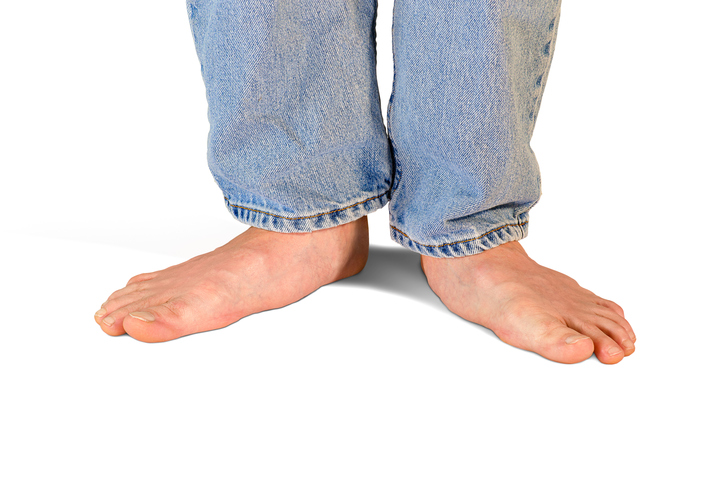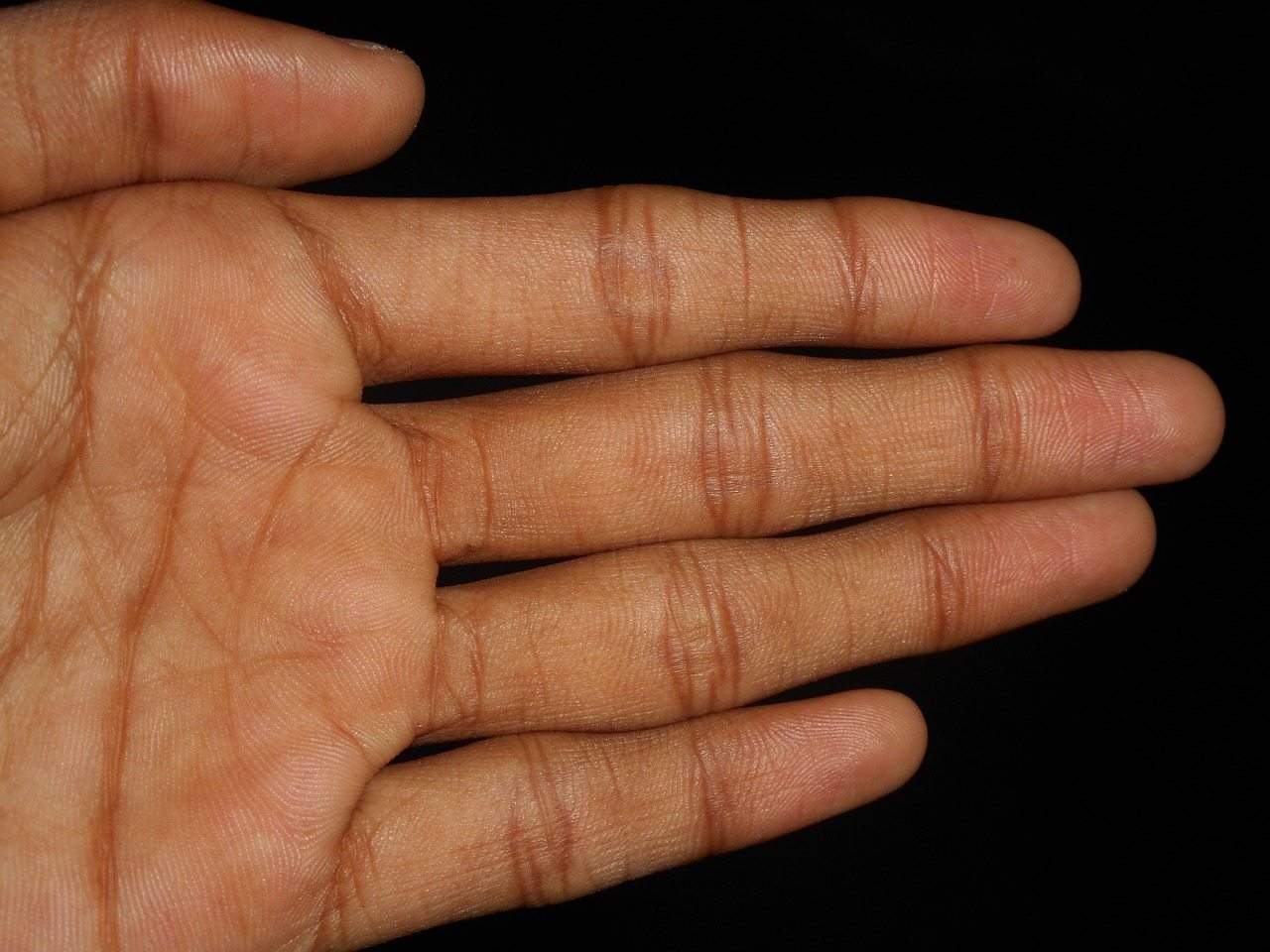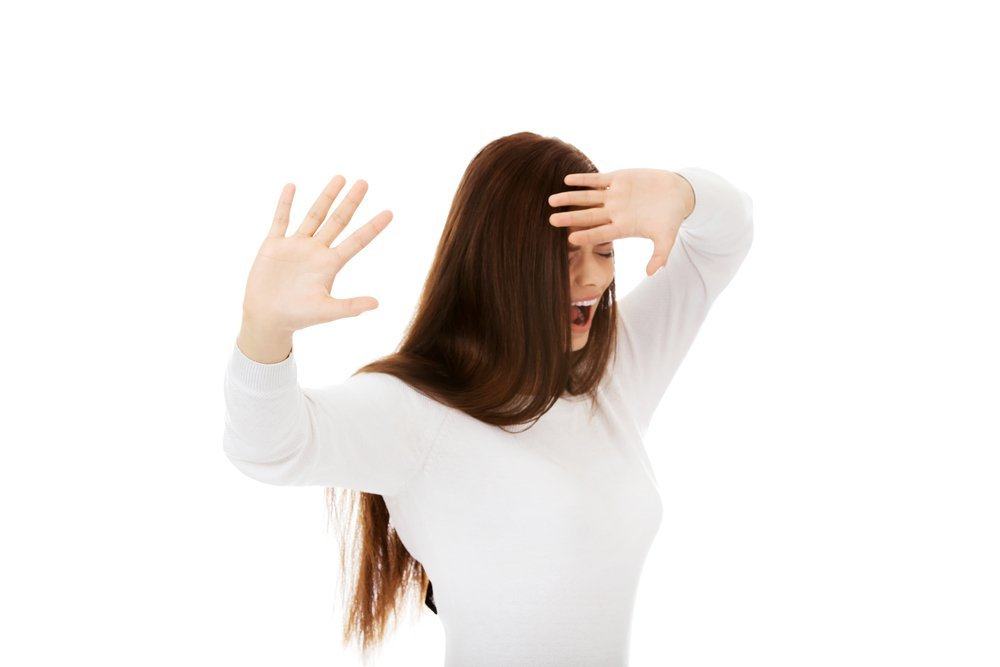Contents:
- Medical Video: What causes flat feet, and how is it corrected?
- What causes flat feet?
- What happens if someone has flat feet?
- Does having flat feet affect the way you walk or run?
- Can flat feet be cured?
Medical Video: What causes flat feet, and how is it corrected?
Try checking your feet. Most people have gaps under their arches when they stand. The arch of the foot is slightly raised from the ground. Different from people who have flat feet. Flat feet don't have any arches, or even if they are, they are very low, almost touching the ground. It is estimated that 20-30% of the human population in the world has flat feet. So, will this affect the way you walk or run?
What causes flat feet?
Flat feet are often found in infants and toddlers, because the arches of young children have not fully developed. As the child grows, the tissue that holds the joints in the foot (called the tendon) will tighten to form an arch in the foot. This process generally occurs when children are 2-3 years old.However, some people have never experienced it until adulthood. Flat feet occur because the tendons around the soles of the feet relax.
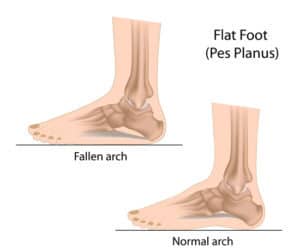
The shape of the foot and its curvature are more or less determined by genetics, but a number of conditions and external factors can cause the feet to flatten or affect the shape of your feet. This includes:
- Ehlers-Danlos syndrome
- Marfan Syndrome
- Obesity and pregnancy - these two conditions exert excessive pressure on the arches and tendons of the foot so that they can cause even curvature
- Rheumatism and diabetes
- Tarsal coalition - a condition in which the bones of the foot unite in an unusual way, resulting in stiff and flat feet. This condition is most often diagnosed during childhood
- Certain nerve problems
It does not rule out the possibility that normal arches can be evenly distributed over time. Increasing age and legs that are always used for routine activities without stopping can weaken the tendons that stretch along the inside of the ankle to help support your arch. Flat feet also often occur due to traumatic tears in the tendon due to exercise that is too heavy or other accidents.
What happens if someone has flat feet?
The most common symptom of flat feet is pain. Pain can occur in the area of the palm, ankles, calves, thighs, knees, hips, and lower back. This might occur if the ankle is pointing inward while you are standing or walking, known as overpronation.
Flat feet can also be marked by swelling or stiffness in one or both legs, or feet that are tired or sick quickly. Foot movements, such as tiptoeing on the toes, can also be difficult to do if you have flat feet. Basically flat foot symptoms vary and generally depend on the severity of the condition.
Does having flat feet affect the way you walk or run?
The arch of the foot functions as a spring to distribute weight on your feet as you walk. This arch structure determines how a person's pattern goes. The feet must be sturdy and flexible to adjust to various surfaces and pressures.
People with flat feet experience uneven weight distribution when walking. As a result, their shoe heels are easier and faster to wear on one side than the other. Symptoms of flat feet may also include complaints of legs that are tired or sick quickly after a long stand or exercise. Running, for example, requires constant leg movements and leg muscles. So do not be surprised if the pain appears during running if you have flat feet. Feet hurt even when wearing running shoes that are supportive and right on the feet.
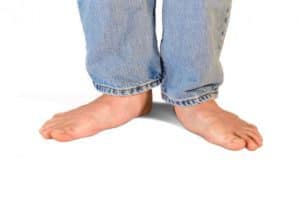
The problem that usually arises from flat feet is actually not because of the foot itself, but from overpronation. Pronation is a normal movement in the foot at the end of each step that we do to absorb the impact on the foot every time it hits the ground. Overpronation occurs when the ankle rotates in too far, past the point needed for shock absorption. This condition is characterized by both feet pointing out when standing.
Overpronation causes the ankle joint to be extended, causing the lower leg bone, and then the upper leg bone to rotate inward. This causes excessive stress and can cause pain in the ankles, lower leg muscles, knee joints and hips. Runners who experience overpronation may be more susceptible to shin thimbles (shin splints), back problems, and tendonitis in the knee.
Can flat feet be cured?
Flat feet are usually not too worrying so treatment is usually not necessary.Flat feet only need to be treated if you show disturbing symptoms such as pain, overpronation, or underlying health conditions. Perform leg stretches regularly to adjust the movement of the foot so that it does not rotate forward. Reduce weight if your flat feet are caused by obesity. This helps ease the burden and pressure on your back, knees and soles of the feet.
If flat feet cause pain, fitting shoes that support the shape of the foot can relieve the pressure from the arch and reduce the pain. Some people find that shoes with wide soles give a little relief.
Wearing additional shoe soles or an ankle brace can help patients with flat feet due to posterior tibialis tendinitis, can be combined with painkillers, until the inflammation decreases. Your doctor may advise some patients to take a break and avoid physical activities that make your legs or feet feel worse until the symptoms improve.
If these methods do not work, surgery may be needed to correct your flat foot shape.

